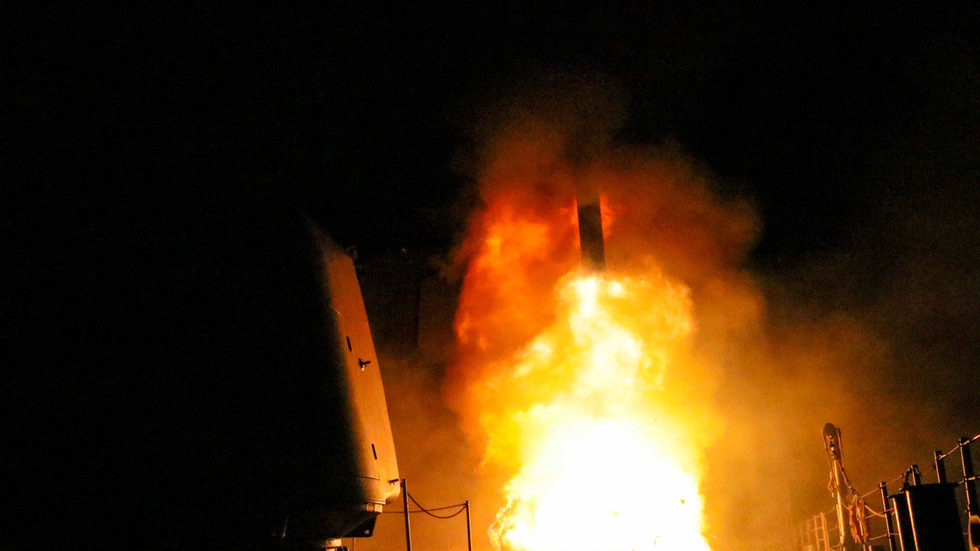
This could be the first time in decades Tomahawks return to Europe.
A low-key modernization effort is taking place at Deveselu, where Aegis Ashore is stationed in Romania. Once it's complete, there's a high probability of Tomahawk cruise missiles being delivered to the site, according to RT's military analyst Mikhail Khodarenok.
According to Khodarenok, the Pentagon is sending two guided-missile destroyers equipped with the Aegis combat system with SM-3 missile interceptors aboard and deploying Terminal High Altitude Area Defense (THAAD) systems to Romania. The reinforcement of the base's defenses may suggest that the US military want the THAADs and the ship-based missiles to take over the defensive functions and free up the land-based site for something else, the analyst believes.
"Thus, the Deveselu site now can provide for the deployment of Tomahawk cruise missiles in Europe for the first time since the end of the cold war."
The Aegis Ashore upgrades in Romania started just a few months after the Trump administration announced the US' unilateral withdrawal from the Intermediate-Range Nuclear Forces Treaty (INF). The 1987 agreement banned the US and Russia (then USSR) from having ground-based missiles with a range between 500km and 5,500km.
The Tomahawks, nuclear-capable missiles with a range of up to 2,500km, saw action during two Iraq campaigns and the 2001 invasion of Afghanistan. They were among the hardware covered by the INF treaty, and the US' hands aren't tied anymore now that Washington has quit it.
Aegis Ashore is a land-based variation of an anti-missile system installed on the US warships. It's armed with 24 interceptor missiles, which are fired by the Mark 41 vertical launching system. It can use different types of ammunition, but was initially designed with Tomahawks in mind.
Khodarenok is convinced that the modernization of the Deveselu site poses a real threat to Russia which should not go unanswered and Moscow has a wide range of counter-measures available.
One option he names is ramping up the Russian military presence in Crimea, deploying supersonic MiG-31BM jets able to carry state-of-the-art Kinzhal hypersonic missiles. The analyst believes the secretive weapon gives Russia an edge over potential adversaries, as there are no known defenses against it yet.
Another option Khodarenok believes worth considering is the deployment of seaborne Kalibr missile systems off the Crimean shores, or stationing of Tu-22M3M long-range bombers in the peninsula.
Moscow has long been opposed to the US missile shield being erected close to its borders, arguing that it undermines security in Eastern Europe. Russia believes those compounds could easily be converted into launch pads for offensive missiles.



OIC, the missiles are 'to defend the base', sending the message: Don't dare attack the base that has weapons aimed at you ! lol